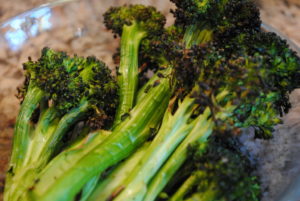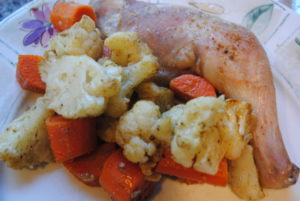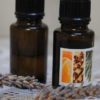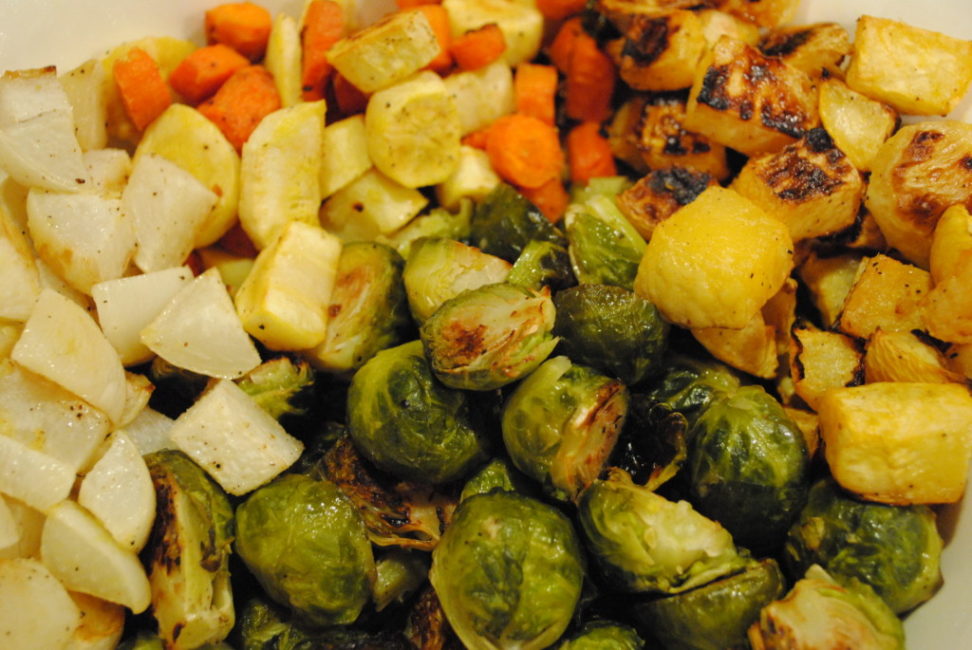If you have a picky family when it comes to vegetables, perhaps you need to try another way to cook them. Roasting veggies brings out the natural flavors and avoids that potential mush you get when you overcook them . Adding healthy marinades or spices offers endless options, and roasted veggies also work as a main dish or serve as sides to boost a meal’s nutritional value. This method of cooking can save time and change your meals for the better.
. Adding healthy marinades or spices offers endless options, and roasted veggies also work as a main dish or serve as sides to boost a meal’s nutritional value. This method of cooking can save time and change your meals for the better.
Looking for more reasons and helpful tips for roasting veggies?
- They are so much tastier, because … Roasting vegetables caramelizes the natural sugars, giving them a crispy exterior and bringing out delicious flavors. While boiling vegetables (especially cruciferous ones, like brussel sprouts) can give them a strong or bitter taste, roasting them highlights the better (not bitter!) flavor. Roasting also preserves the nutrients that can be stripped away by methods like boiling or canning.
- It’s so easy, because … While you have to really watch your veggies if you boil or sauté them, you can get away with only stirring roasted veggies two or three times over the 20 to 40 minutes that they’re cooking.
- You can even roast your veggies right alongside your main protein source to get added flavor—like this delicious Roasted Vegetable Quinoa! Plus, a one-dish meal makes dinner easy.
- Unlike other methods of cooking, with roasting, veggies can be treated equal with only one variation, just watch the length of time. Otherwise, set your oven to approximately 375 degrees and start roasting carrots, sweet potatoes, squash, parsnips … or even a tomato!
- They keep well, so … You can cook up a big batch and use them in various meals throughout the week. Pair your veggies with rice or quinoa for a healthy and satisfying lunch; throw them in an omelette; or eat them with a different protein source for dinner.
 If you’re ready for a new take on veggies, follow the steps below (or watch this video):
If you’re ready for a new take on veggies, follow the steps below (or watch this video):
- Choose vegetables with a similar water content. If you try to roast potatoes with peppers, it could turn out that the less-dense vegetables are done long before your more-dense veggies, creating the possibility that some might burn or turn soggy.
- Cut veggies to a similar size, half-inch cubes or so are good.
- Drizzle and toss vegetables with a little bit of olive oil. The oil helps seal in moisture so vegetables don’t dry out as they cook.
- Add spices or other marinade ingredients and toss again. The Pioneer Woman suggests Montreal Steak Seasoning (or spices of your choice); the Gluten-Free Goddess has a delicious recipe for a Dijon marinade; and balsamic marinades are also popular.
- Spread veggies on a pan or baking dish. You can line the pan with parchment paper for easy clean up, and bake around 375 degrees for 20 to 40 minutes (less dense vegetables require less cooking time).
- Stir every 15 minutes or so, turning vegetables as you can.
Here are a few more recipes:
Nicoise Salad (Just roast veggies instead of steaming them)
Roasted Vegetables with Fresh Herbs
If you’d like to learn more, check out the Paleo Leap’s article or give me a call. I’m happy to help!



![z31[1]](https://simplywholebydevi.com/wp-content/uploads/2018/06/z311-100x100.jpg)












